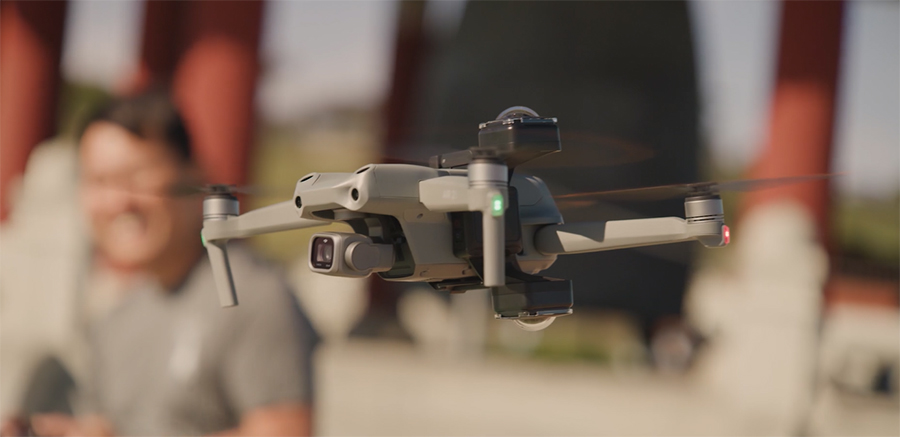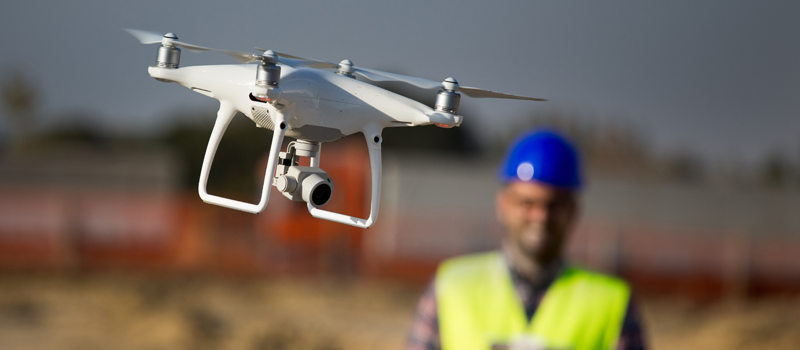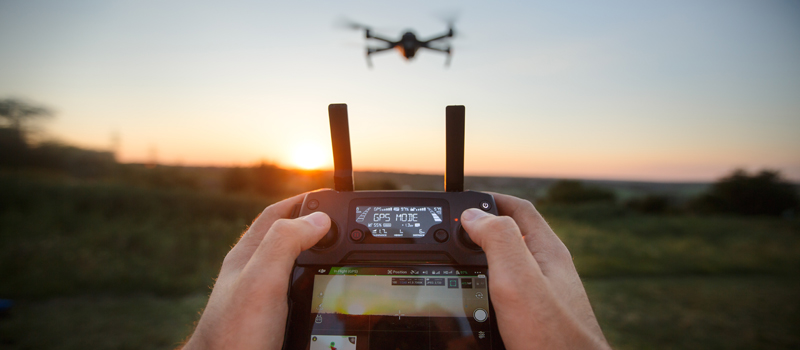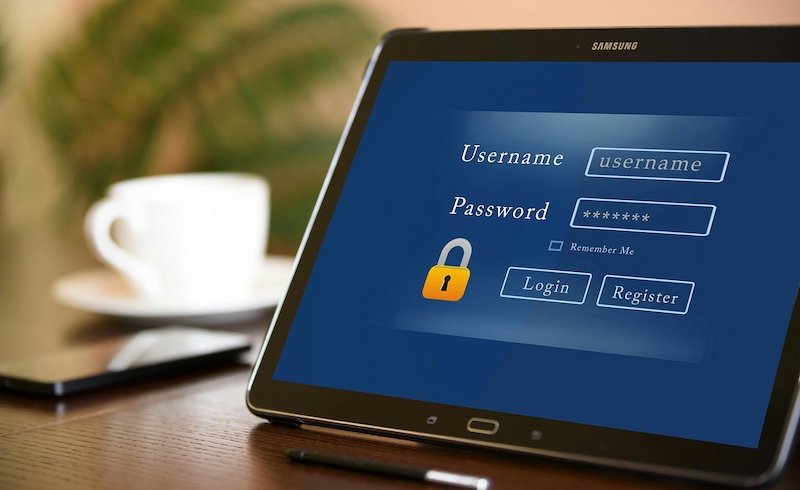Composing shots while flying your drone has always been one of the major challenges of drone flight. Automatic object tracking modes in modern drones have somewhat solved this problem, but there is still no way to change the composition of those shots after they have already been recorded.
The Insta360 Sphere seeks to address this need by integrating 360 camera technology with drones. The idea is certainly intriguing and deserves some exploration. How well does the Insta 360 Sphere work? Does the added accessory cause issues with drone flight?
How it works
Insta360 is already a well-known name in the world of action cameras and 360-degree cameras. Aside from their standalone cameras, they have a range of 360 cameras for mobile devices and professional-grade VR cameras.
The Insta360 Sphere is not the company’s first foray into the drone market. Previous attempts did not go so well because of several issues related to performance and signal interference. It does appear that Insta360 picked up lessons from their previous products and redesigned the Sphere from the ground up with those less in mind.
The Insta360 Sphere is a set of two cameras that strap onto the body of a drone. Footage from the two cameras is automatically stitched together, seamlessly rendering the drone invisible.
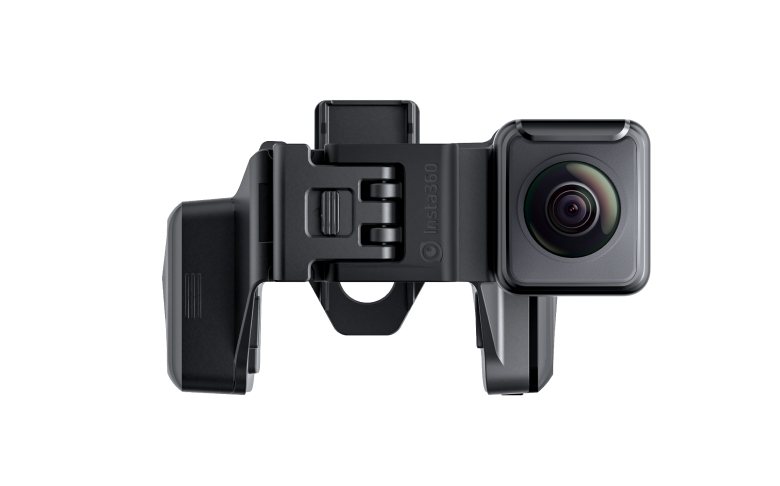
In terms of lens technology, the Insta360 Sphere is similar to the Insta360 One X2, a modular 360 camera launched in late 2020. It has an equivalent 35mm focal length, a fixed F2.0 aperture, and a maximum bitrate of 100 Mbps. It is capable of shooting videos at a maximum of 5.7K resolution @ 25 fps or 4K resolution @ 50 fps. The camera can take 23 MP stills in JPEG and RAW mode. To compensate for motion, the camera features the FlowState stabilization technology that Insta360 has refined with their action cameras.
The two cameras of the Insta360 Sphere are positioned at the top and bottom of the drone. When the footage from these two cameras are stitched together, they create a seamless 360-degree sphere, as you would expect from any standard 360 camera. Elimination of the drone artifacts is done automatically, so you won’t need to worry about the propellers or sensors showing up in the post-processed video.
The Insta360 Sphere works completely independently from the drone. It has its own battery and microSD card slot. It also comes with lens protectors and a landing pad. The clamp, made of metal and plastic, feels suitably durable and rugged. It clams quite securely to the drone and does not feel like it could fall off or even shift during flight.
Post-processing options
As with other 360 cameras, footage from the Insta 360 Sphere can be altered in almost infinite ways during post-processing. It removes the pressure of composing the perfect shots while flying the drone, as the footage can be composed either through a mobile app or desktop-based editing software.
You can easily make FPV-style action videos, speed the footage up, do virtual barrel rolls, or even intersperse some of the more unusual effects like the “tiny planet” look. It’s even possible to do the Dolly Zoom effect in post-processing, an effect that was one of the selling points of the DJI Mavic 2 Zoom back when it first launched.
Take note that you can still record videos using the drone’s own camera. Combining these with the 360-camera footage will make your highlight reels truly unique. Insta360 has an Adobe Premiere Pro plugin for those who are more comfortable finishing or refining their videos on Premiere Pro.
Drone flight considerations
The Insta360 Sphere measures 110 x 125 x 63 mm., and weighs 192 grams including the battery. While its effects on aerodynamics are likely negligible, the added weight definitely increases the lift that the drone propellers need to generate. If you’re flying with the Insta360 Sphere strapped onto your drone, expect the battery life to be reduced by about 20%. This is just something that you will have to plan for.
Insta360 claims that the Sphere camera does not interfere with the drone’s sensors or GPS signals. Some users have reported a drop in GPS reception while the camera is recording, although it was nothing too concerning. Having a wireless device stuck to the drone will inevitably cause signal interference issues. As long as the interference isn’t strong enough to cause problems with the drone’s return-to-home function or its self-navigating features, this should not be a huge issue.
Having two cameras above and below the drone increases the drone’s vertical footprint. This is most problematic during landing, as the bottom camera juts out farther than the drone’s landing gear. This is likely the reason why the lens protectors and landing pads were included with the camera. However, the landing pad isn’t going to offer much protection if you need to land over an uneven surface.
The prospect of an improper landing permanently damaging the lens of the bottom camera is likely the most glaring flaw of this product. The lens protector provides a degree of protection, but we imagine that not many people will use it as it certainly degrades the visual fidelity of the footage. Hand-catching the drone might be the best thing you can do to prevent damage to the bottom camera.
With the few complications that the Insta360 Sphere introduces to drone flight, Insta360 states that it is designed for experienced drone pilots. This is certainly worth emphasizing. If you’re still learning how to fly your drone, we would not consider this a priority accessory. You will only end up more likely to damage both the camera and the drone.
Compatibility

Right now, the Insta360 Sphere is only compatible with the DJI Air 2 and the Air 2S. Making it compatible with other drones is just a matter of redesigning the clamps, so there’s no reason that we should not see an expanded compatibility list later on.
Prime candidates for this should be the slightly beefier Mavic drones such as the Mavic 2 Pro and the Mavic 3. It would be impressive if a similar accessory can be designed for the Mini line, but we won’t be holding our breath.
Price
The Insta360 Sphere retails at $429.99 for the standalone camera and $439.99 for the kit that includes a 64GB microSD card. It is certainly not cheap and is slightly more expensive than some of the standalone Insta360 cameras.
To put the price into perspective, the standalone Mavic Air 2 now retails for about $800.
Should you get the Insta360 Sphere?
If you own one of the two drones that are compatible with the Insta360 Sphere, should you be considering getting one? How about if you own a drone that becomes compatible with the camera in the future?
The Insta360 Sphere generally offers compelling value. It is a product like no other – a camera that introduces the “shoot first, point later” mentality into drone flight. With the Sphere, you can concentrate on flying your drone without having to think about creating perfectly composed shots.
The Insta360 Sphere is a product worth considering if you shoot a lot of action videos, more so if this is something that you do for a living. There are dozens of ways that the capabilities of this camera can be monetized. You can do virtual tours, videos of tourist spots, FPV-style videos, or footage of sports events. The flexible workflow that the Sphere provides will be a refreshing change for creatives and professionals.
If you’re the type to focus on video quality, then a bit of skepticism has to be applied here. As with other 360 cameras, footage from the Insta360 Sphere goes through a lot of distortion and cropping. This is necessary to make the drone invisible. The camera may record at 5.7K resolution, but the cropping and stretching that is automatically done results in some resolution penalty.
The Insta360 Sphere is an innovative product that fulfills its objectives better than any other similar product that has been released in the past. The form factor of the camera creates some challenges in landing or launching a drone, an unfortunate circumstance caused by today’s trend of very small and lightweight drones.
With its price tag and a few limitations, the Insta360 Sphere is firmly in the “nice to have” category. It’s an excellent accessory for your drone, but not exactly an essential one.
